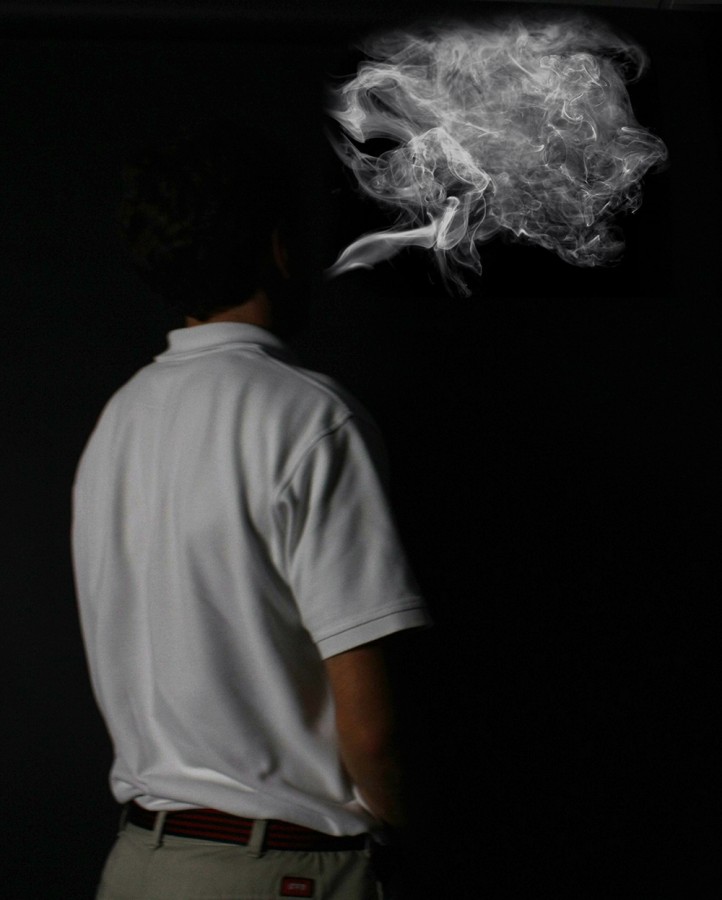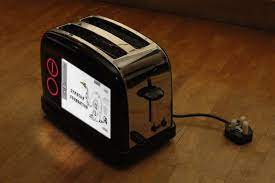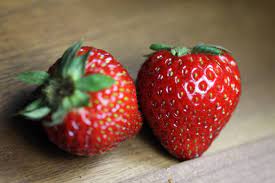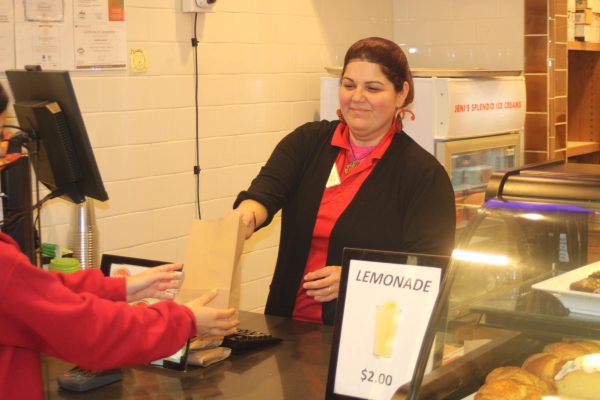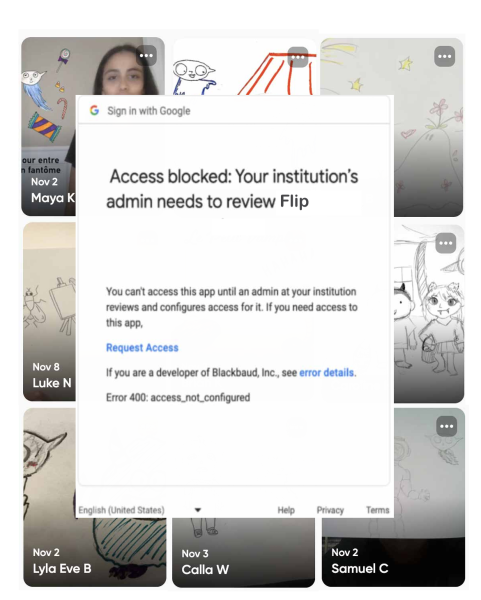E-cigarette possession, use spreads among teens
E-cigs are marketed as anti-smoking products and, according to e-cig manufacturing company Blu, “a new satisfaction- without the guilt.”
May 27, 2015
Parents have always complained that their kids are addicted to technology, except they’re usually referring to smartphones, not electronic cigarettes.
According to a new survey released by the Center for Disease Control, electronic cigarette use among teens has tripled in the past three years.
The latest statistics, compiled by the CDC’s National Youth Tobacco Survey, show that usage among middle school students nationwide has grown to 3.9 percent from 1.1 percent in 2013. Similarly, 13.4 percent of high school students use e-cigarettes, up from 4.5 percent.
The Center for Disease Control and Prevention reported in 2014 that more than 263,000 teenagers who have never smoked a cigarette now smoke electronic cigarettes, now known as e-cigs.
E-cigs have become a popular method for adult smokers to wean themselves off tobacco in lieu of vaporized nicotine. The trouble arises when students as young as 13 use e-cigs as an introduction to smoking.
“Once you smoke e-cigs, other things don’t seem as bad,” eighth grade student Courtney Plum said.
Director of Wellness Jennifer Welch spoke to 8th graders in March about e-cigs in middle school skills class.
“I worry that teenagers will be less wary of trying e-cigs because they believe the health risks are lower than with cigarettes,” Welch said. “It seems plausible that for those teenagers who end up continuing to use e-cigs on a regular basis, transitioning to cigarettes or other substances might seem like less of a leap than for teens who do not use e-cigs.”
The Middle School does not currently have any e-cig policy in writing, but according to the Head of Middle School Eric Lombardi, the school enforces a zero-tolerance stance on e-cig possession at school or at school-sponsored events. The Upper School handbook censures e-cigs under the same parameters as tobacco and other nicotine products.
Many students reportedly get e-cigs from students at other schools or older siblings. Students say that fewer girls own and use e-cigs than boys.
“There are a few girls in the grade that will tell everyone if you smoke or drink, so the other girls are scared to,” Plum said. “Guys aren’t judgmental like the girls are.”
Peer pressure is the most significant factor in e-cig use.
“It’s trendy. Everyone wants to be like their friends and try new things all the time,” eighth grade student Brittany Greene said.
Students claim that both peer pressure and e-cig use are a more significant problem at other schools.
“People at St. John’s tend to be curious about things, so they researched the subject and made an educated decision,” eighth grade student Timothy Mauve said. “People I know at other schools use them purely because it’s popular.”
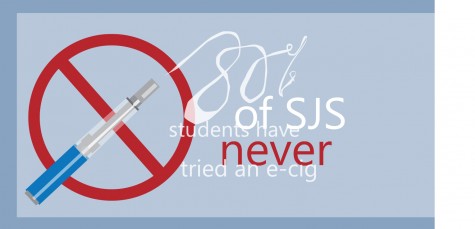
The medical claim that e-cigs are a less harmful alternative to smoking has garnered them more popularity among younger smokers.
Blu, one of the largest manufacturers of e-cigs, peddles its product as “a new kind of satisfaction — without the guilt.”
“People started using them because they were told by media and other people that it was safer than smoking actual cigarettes, so they weren’t afraid of the physical consequences as much as they would be for tobacco or alcohol,” Mauve said.
Although e-cigarettes are tobacco-free, some contain nicotine levels that can still create adverse health effects. According to the National Institute of Health, regular nicotine use can cause increased blood pressure and heart rate, as well as nausea.
Most brands offer varying levels of nicotine in their flavor packages. The e-cig manufacturer VaperFi labels their highest levels of nicotine as “Bold” and “Full Flavor”, while calling lower levels “Light.” Nicotine has no effect on the strength of the flavor.
Flavor packages range from green tea to dragonberry, and unlike marijuana or cigarette smoke, the vapor dissipates without leaving a smell. The manufacturers of e-cigs do little to discourage youth appeal. The wide variety of colors and flavors makes e-cigs especially kid-friendly.
“The one time that I smoked, it tasted terrible, but other people love the flavors. Everyone who smokes has their own favorite,” eighth grade student Keith Grey said. “The vapor also smells like a fruity gum, which allows people to smoke in their homes without their parents liable to come in. The smoke of a regular cigarette would tip anyone off.”
According to a study published in the Journal of the American Medical Association, kids who have smoked e-cigs are more likely to start smoking real c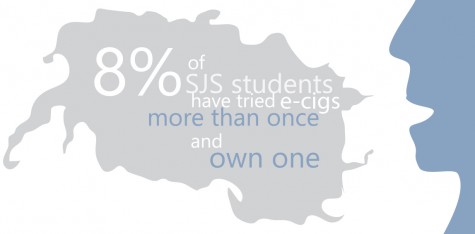 igarettes.
igarettes.
E-cig use is not limited to the middle school. In a poll of 128 students taken by the Review Online, eight percent of students reportedly own e-cigs and 19 percent have tried e-cigs at least once.
The National Institute on Drug Abuse also reported that in 2013, 8.7 percent of eighth graders use e-cigs. Yet, the national rate of cigarette use among teens is at an all-time low. In the same survey, only 1.4 percent of eighth graders smoke traditional cigarettes, compared to 2.7 percent in 2011.
E-cig regulation varies by state, with most laws mirroring age limits for tobacco use (at least 18 years). The current age limit for tobacco in Texas is 18 years. Because e-cigs have only been on the market for eight years, few regulations have been implemented, and even fewer enforced.
While e-cig manufacturers like Blu defend their product as an anti-smoking aid, not one e-cigarette manufacturer has applied to the FDA to be considered a smoking-cessation product, like nicotine patches, lozenges, and chewing gum — none of which have any recreational use. The FDA is looking to reclassify e-cigarettes as a tobacco product in order to more strictly regulate their purchase.
According to the FDA, new products under their proposed rule would include “electronic cigarettes, cigars, pipe tobacco, certain dissolvables that are not ‘smokeless tobacco’, gels and waterpipe tobacco.”



